
By Menachem Posner
1. Purim Is the Jolliest Day of the Year
The jolly festival of Purim is celebrated every year on the 14th of the Hebrew month of Adar (late winter/early spring). Purim 2019 begins on Wednesday night, March 20, and continues through Thursday, March 21 (March 22 in Jerusalem). It commemorates the salvation of the Jewish people in ancient Persia from Haman’s plot “to destroy, kill, and annihilate all the Jews, young and old, infants and women, in a single day.”
2. Purim Is a Persian Word
Purim means “lots” in ancient Persian. The holiday was thus named since the evil Haman had thrown lots to determine when he would carry out his diabolical scheme. You can pronounce this name many ways. In Eastern tradition, it is called poo-REEM. Among Westerners, it is often called PUH-rim. Some Central-European communities even call it PEE-rim. (WARNING: Calling this holiday PYOO-rim—as English speakers are sometimes wont to do—is a surefire newbie cover-blower.)
3. Mordechai and Esther Are the Heroes of the Day
Mordechai was the leader of the Jewish people in Persia, and Esther was his cousin. Forcibly made queen of Persia, Esther bravely interceded—putting her own life on the line—on behalf of her people. The story of their heroism is recorded in the Book of Esther.
4. The Book of Esther Is Handwritten on Parchment
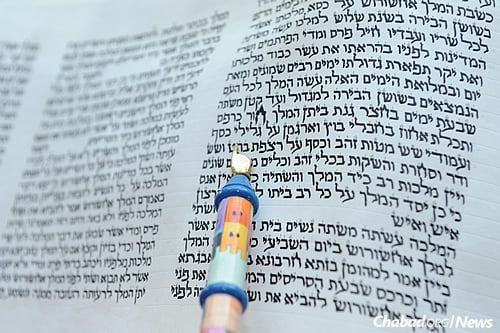
Per Esther’s request, the events were written in a scroll to be read every year on Purim. This scroll, called the Megillah (Book of Esther), was one of the final books to be canonized in the Tanach. A genuine Megillah must be written by a scribe on parchment—a painstaking process that takes several days or weeks to complete.
5. There Are Four Purim Mitzvahs
Purim is celebrated by observing the following four rituals:
- Reading the Megillah which recounts the story of the Purim miracle. This is done once on the eve of Purim and again the following day.
- Giving monetary gifts to at least two poor people.
- Sending gifts of two kinds of food to at least one person.
- A festive Purim feast, which often includes wine or other intoxicating beverages.
6. We Spin “Graggers” on Purim
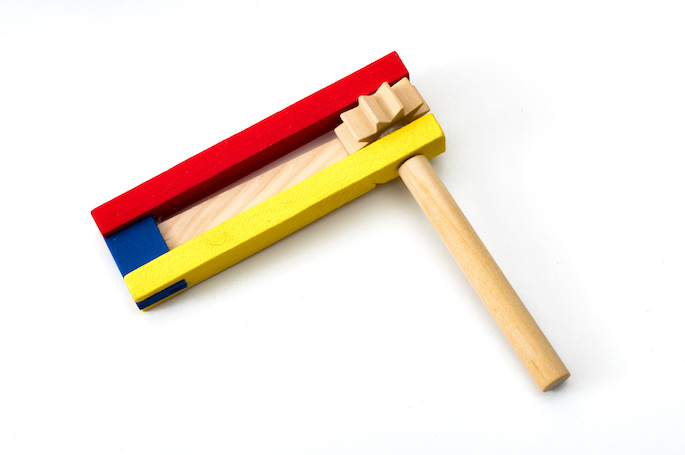
Graggers are spinning noisemakers (ratchets) used to drown out Haman’s name during the Megillah reading. Since every word must be heard clearly, the reader repeats the name after the racket has died down. Although traditionally made of wood, graggers can be made of tin, plastic, or anything else. In a pinch, pounding on the table, stamping one’s feet, or shaking one’s keys will suffice.
7. People Drink Wine on Purim

The sages of the Talmud assert that “a person is obligated to drink on Purim until he does not know the difference between ‘blessed is Mordechai and cursed is Haman.’” Obviously, this does not apply to anyone who may become ill or act inappropriately when intoxicated.
8. Purim is Preceded by a Fast
On the day before Purim (or on the Thursday before, when Purim is on Sunday), it is customary to fast, commemorating Esther’s fasting and praying to G?d that He save His people.
9. Hamantaschen and Kreplach: Purim Treats

G?d’s involvement in the Purim miracle was hidden; it appeared as if our people’s salvation came by way of natural means. Indeed, the day is celebrated with delicacies where the delicious filling is hidden inside dough. Classic hamantaschen are a sweet three-cornered pastry filled with poppy seeds, and meat-filled kreplach are traditionally cooked and served in chicken soup at the festive meal. The seeds recall Esther’s vegetarian diet in the royal palace, where she secretly kept kosher.
10. We Masquerade on Purim
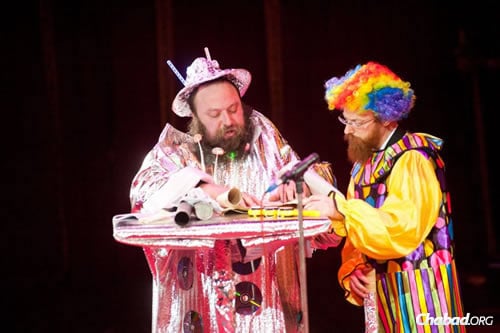
People traditionally dress up on Purim, wear masks, or otherwise make themselves look somewhat unusual. Like the “hidden” treats mentioned above, many say that concealing ourselves behind a costume reflects the way G?d operated behind a cloak of natural events.
11. People Say “Purim Torah”
In keeping with the over-the-top atmosphere of the day, people (especially learned Jews) share “Purim Torah,” in which silliness and scholarship mesh into a dizzying blend of witty (and sometimes absurd) exegeses.
12. Purim Is Deferred One Day in Jerusalem
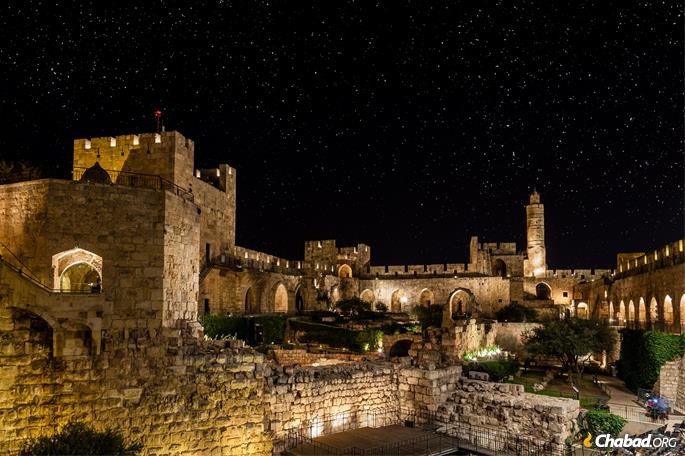
Purim is observed on Adar 14, the day that the Jews rested after trouncing their enemies in battle. In the capital city of Shushan, there were so many bad guys that it took an additional day of fighting to ensure their safety, so they rested on the following day, Adar 15. Since Shushan was walled, it was declared that all walled metropolises (chiefly, but not only, Jerusalem) would celebrate on that later date. This second Purim is known as “Shushan Purim.”
13. Purim Is Always a Month and a Day Before Passover
Purim is celebrated on 14 Adar, and Passover starts on 15 Nissan. In a Jewish leap year there are two Adars, making for a total of 13 months. In those years, Purim is celebrated during the second Adar, so that it is close to Passover. This is so that the miraculous salvation of Purim is as close as possible to the miracle of the Exodus, commemorated on Passover.
14. Stalin Died on Purim
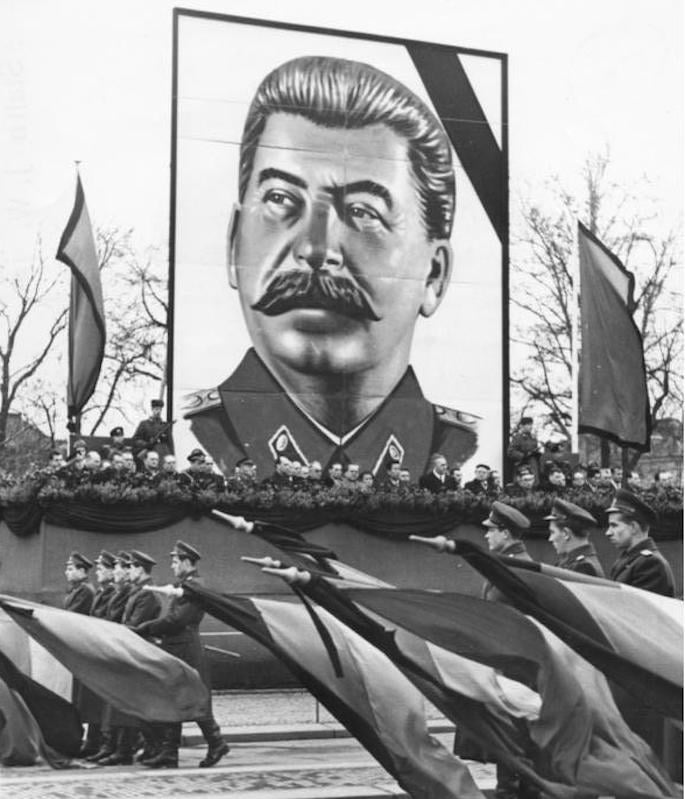
In the early 1950s, Joseph Stalin, the ruthless butcher of millions of innocent people, had bloody plans for dealing with the “Jewish problem” in the U.S.S.R. Just as things were reaching a crisis point in 1953, he died . . . on Purim!
15.The Gulf War Also Ended on Purim
In 1990, Saddam Hussein of Iraq defiantly invaded nearby Kuwait. As pressure ramped up from the international community, his army began firing SCUD missiles into Israel. The Rebbe, Rabbi Menachem M. Schneerson, repeatedly assured the people of Israel that they would be protected. After the U.S.-led forces attacked Iraq, they were quickly victorious and the hostilities ended . . . on Purim!

Rabbi Menachem Posner serves as staff editor at Chabad.org, the world’s largest Jewish informational website. He has been writing, researching, and editing for Chabad.org since 2006, when he received his rabbinic degree from Central Yeshiva Tomchei Temimin Lubavitch. He resides in Chicago, Ill., with his family.
Source: Chabad.org